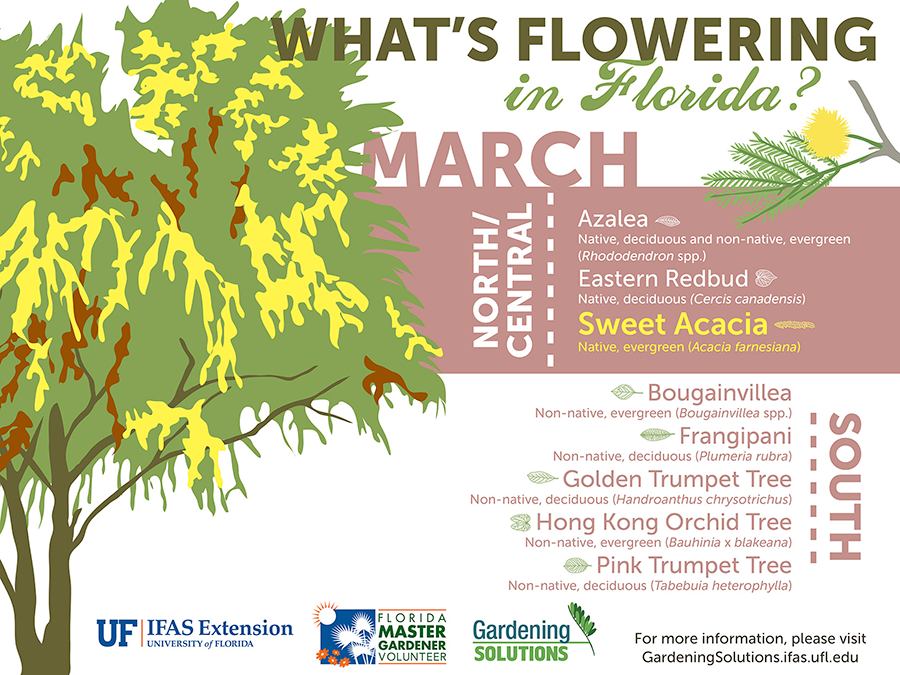Reveal Strategies For Preserving A Healthy And Balanced Habitat After The Trees Have Actually Been Removed
Reveal Strategies For Preserving A Healthy And Balanced Habitat After The Trees Have Actually Been Removed
Blog Article
Post Composed By-
When it comes to seasonal tree treatment, making sure proper monitoring prior to and after removal can substantially influence the health and visual appeals of your landscape. By understanding the required actions involved in assessing tree health and getting ready for elimination, you can proactively safeguard your building. However what concerning the essential practices to adhere to as soon as the tree is gone? Stay tuned to uncover the vital post-removal care measures that will help you grow a successful and lasting setting for your trees.
Pre-Removal Tree Treatment
Before dealing with the removal of a tree, it's essential to prioritize pre-removal tree treatment. Start by assessing the tree's health and architectural stability. Try to find indications of disease, bug infestations, or any type of structural issues that may position a security hazard during removal. It's vital to talk to a licensed arborist to establish the most effective strategy.
Trimming dead or unhealthy branches can protect against additional damage to the tree and guarantee a smoother removal process.
Furthermore, consider the ecological impact of removing the tree. Trees play an essential function in our ecosystem, so growing a new tree in an ideal location can help balance out any kind of loss. Ensure that https://hot-shot-jobs20975.blogoscience.com/37240624/discover-the-favorable-impact-that-expert-tree-pruning-can-carry-the-health-and-wellness-and-look-of-your-trees-rejuvenating-your-landscape have the essential licenses and permissions for tree removal, particularly if the tree is shielded by neighborhood laws.
Seasonal Maintenance Tips
Assessing your tree's needs throughout the year is critical for its health and durability. To maintain your trees in leading condition, follow these seasonal upkeep tips.
In springtime, focus on pruning to eliminate dead or broken branches and motivate new growth.
Summer season calls for routine watering, particularly during dry spells, to ensure your tree remains hydrated.
As autumn approaches, watch out for early indications of disease or tension, and consider applying compost to shield the roots during winter.
In wintertime, beware when eliminating snow from branches to avoid breakage, and remain to monitor your tree's total health and wellness.
Bear in mind to adjust your care routine based upon the certain needs of your tree types and neighborhood climate. By remaining attentive and proactive throughout the seasons, you can aid your trees prosper and thrive for several years to come.
Post-Removal Tree Treatment
To make certain the wellness of your landscape also after tree removal, appropriate post-removal treatment is important. After a tree is eliminated, it's vital to fill up the staying opening with topsoil and small it to prevent settling. click the up coming document will aid preserve the stability of the ground and stop possible risks in the future.
Think about growing new greenery in place of the gotten rid of tree to bring back the balance and aesthetic appeals of your landscape. Regularly water the location to advertise the growth of new plants and avoid dirt disintegration.
Evaluate the surrounding trees for any indicators of condition or tension that might have been brought on by the eliminated tree. Watch out for pests that could've been attracted to the previous tree and take safety nets to protect the remaining vegetation.
If necessary, talk to an expert arborist to assess the influence of the elimination on the surrounding trees and determine any kind of additional care required. By complying with these post-removal treatment steps, you can guarantee the continued health and charm of your landscape.
Final thought
To conclude, proactive seasonal tree care is crucial for preserving the health and equilibrium of your landscape. By assessing tree wellness, trimming, and seeking advice from an arborist prior to elimination, you can make sure a risk-free procedure. After removal, filling up the hole, growing brand-new plants, and routine watering will certainly promote new development and avoid erosion. Remember to examine bordering trees for illness and seek more care steps from an arborist to maintain your landscape thriving.
